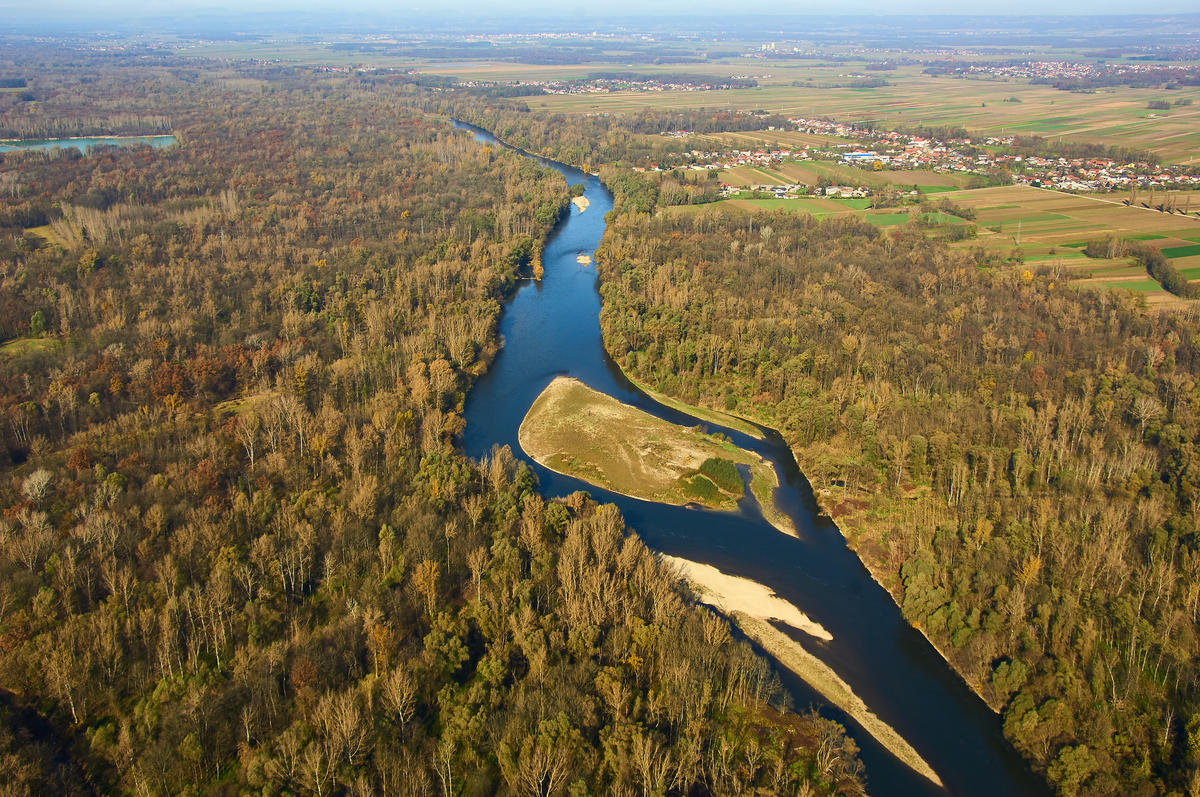By Lilian Gikandi
History has been made! Three rivers stretching 700km through five European countries (Austria, Slovenia, Croatia, Hungary and Serbia) and a total area of almost 1 million hectares in the so-called ‘Amazon of Europe’ have been declared a biosphere reserve by UNESCO, making it the largest riverine protected area on the continent and the first 5-nation biosphere reserve in the world.
UNESCO defines biosphere reserves as learning places for sustainable development - meant to provide local solutions to global challenges. The Mura-Drava-Danube reserve does just that, it sustains extraordinary biodiversity as well as the livelihoods of 900,000 people. It’s home to Europe’s highest density of breeding white-tailed eagles, otters, beavers, critically endangered sturgeons and an important stopover site for more than 250,000 migratory birds every year.
The biosphere reserve’s spectacular, pristine landscapes also lure increasing numbers of visitors to this Amazon of Europe, highlighting the potential for the development of sustainable nature-based tourism. Meanwhile, its intact floodplains ensure clean drinking water supplies and help protect communities from floods – an increasing concern in the era of climate change.
The new biosphere reserve is the result of years of dedicated work by the authorities in the five countries with considerable support from WWF, the Mava Foundation, UNESCO Man and Biosphere Committees, and many local conservation partners. It is a true testament to the benefits people and nature reap when we all come together for a common purpose.
“For more than 20 years, WWF has invested a great deal to achieve better protection of these rivers’ natural values and we are very proud of this designation, which will preserve these unique Mura-Drava-Danube rivers for us and future generations,” said Arno Mohl, Mura-Drava-Danube programme leader at WWF and a campaigner for the protection of the Mura, Drava and Danube Rivers from the beginning.
“However, it is important to stress that only if these rivers are allowed to keep flowing freely and thus can continue to sustain the unique nature and life of local communities that depend on them, will the biosphere reserve truly go down in history as a European model of success,” added Mohl.


